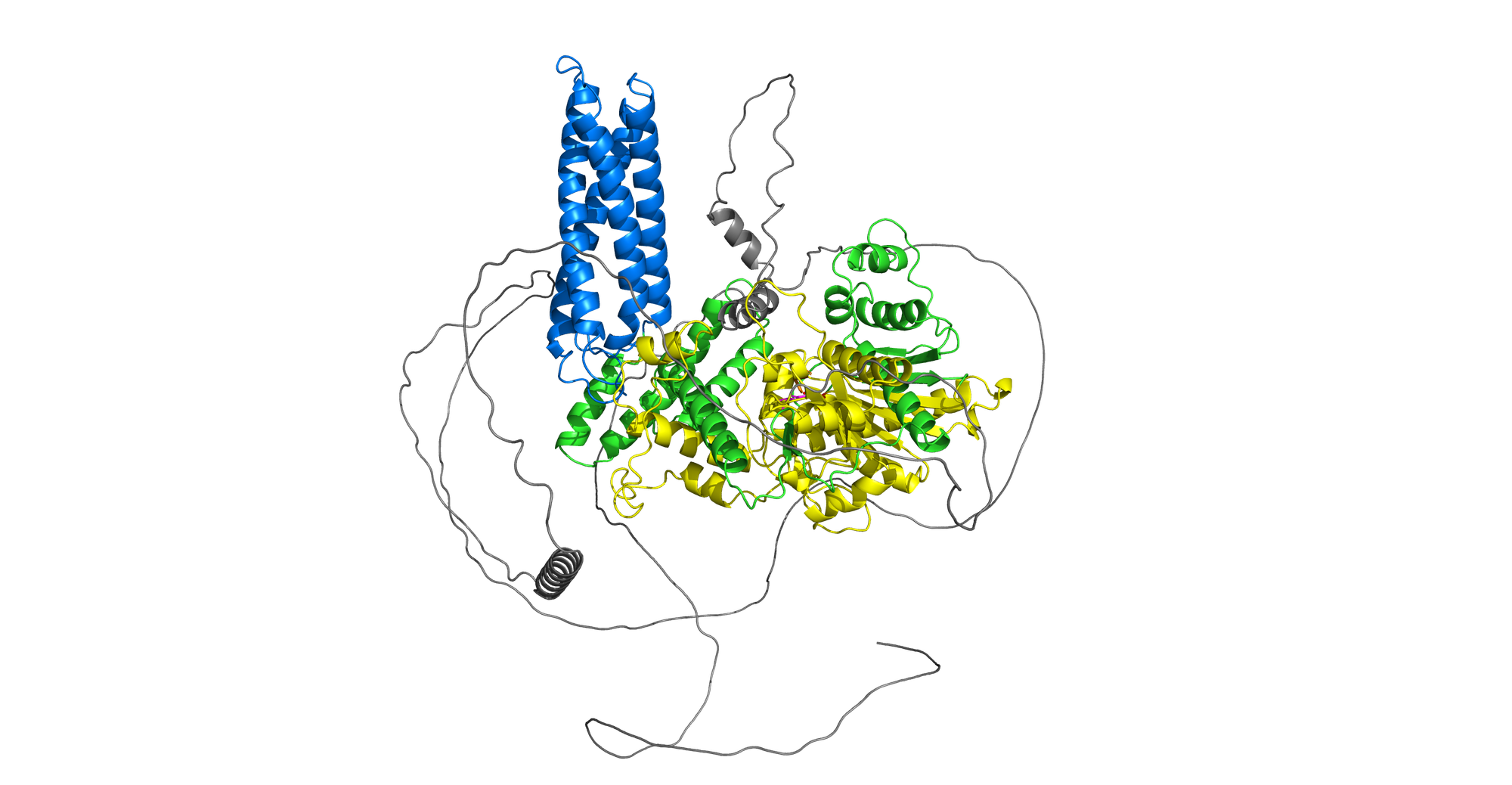Molecules to miracles: a chemical biology revolution
The breakthrough drug therapies that redefined disease treatment
Many people rightfully credit the incredible doctors who work tirelessly to save millions of lives around the world each year. While doctors make a mammoth contribution to improving public health, their efforts are also underpinned by vast amounts of research into new ways of tackling diseases – whether through novel therapies, alternative drugs or breakthrough discoveries in our understanding of disease. Truthfully, the bulk of the effort in combating disease lies in the hands of scientists, with the last practicing clinicians to win the Nobel Prize in physiology and medicine being Barry J. Marshall and J. Robin Warren in 2005.
Our understanding of disease has vastly improved following the advent of the Human Genome Project, the Protein Data Bank, and in-silico protein modelling. These developments have allowed us to better understand the root causes of disease and their physiological impacts. Technologies such as AlphaFold 2 enable scientists to model novel proteins in just hours; the Human Genome Project has opened the door to gene-targeting therapies; and the Protein Data Bank has made all known protein structures readily available. Innovations like these have given rise to a new field of therapies – often coined "biologics" because of their mechanisms of action and structures that draw heavy inspiration from naturally occurring processes and molecules. They have paved the way for the treatment of diseases once thought untreatable owing to a lack of understanding and the limitations of traditional small-molecule drugs.

Antibody-drug conjugates (ADCs)
Antibodies are proteins whose structures allow them to specifically bind to complementary cell surface receptors. They play a key role in the immune response, as antibody binding often serves as a signal for white blood cells to destroy an invading pathogen. Since the 1960s, researchers have hypothesised about the possibility of attaching a "payload" to an antibody that is released when the antibody binds to its target. Such an approach could open the door to targeted therapeutic agents for diseases such as cancer. For example, an antibody with a structure complementary to a cancer cell expressing a mutated cell surface receptor could be engineered to have a drug attached via a linker (for instance, extending from a free cysteine, or amino acid, residue). When the antibody binds, the linker can be enzymatically degraded, releasing the payload drug. This could lead to more specific cancer treatments by minimising the exposure of healthy cells to drugs. This vision was realised in 2000 with the release of gemtuzumab ozogamicin for the treatment of acute myeloid leukaemia.
Today, there are 14 Food and Drug Administration approved ADCs, and significant untapped potential remains. Researchers continue to tackle issues related to absorption and degradation, as well as investigating innovative methods to release payloads.
Oligonucleotide therapies
Oligonucleotide therapies are among the most promising biological therapeutics. They target disease at a different stage of the central dogma. Whereas most drugs act on proteins that have already been expressed, oligonucleotide therapies aim to prevent (or promote) protein expression at the genetic level.
The primary mechanism by which this is achieved is through triggering the degradation of messenger RNA (mRNA) before it reaches the ribosome, thus preventing protein synthesis. This strategy has been pursued in various ways; the most famous example being the Nobel Prize winning RNA interference (RNAi) technology developed by Andrew Fire and Craig Mello. However, a uniquely interesting approach is that of Gapmer oligonucleotides.
Gapmer oligonucleotides are short polymers consisting of a DNA strand – designed with a sequence complementary to a target mRNA molecule – flanked by stabilising non-natural RNA nucleotides at either end. When these drugs enter the cell, they bind to their corresponding mRNA, forming an mRNA-DNA hybrid. This hybridisation triggers the body’s viral defence enzyme, RNase H, which naturally degrades RNA-DNA hybrids, thereby degrading the mRNA and preventing protein expression.
There are currently no approved Gapmer oligonucleotide drugs; however, several large pharmaceutical companies are actively engaged in research and development. Other approaches within the modality however, such as RNAi, have given rise to entire companies specialising in the technology – for example, Alnylam Pharmaceuticals, which boasts several marketed drugs (such as Onpattro, an RNAi therapeutic used to treat hereditary transthyretin-mediated amyloidosis).
Biological macromolecules
Biological therapies offer several significant advantages – notably, their ability to bind to or act on proteins that were previously considered undruggable by traditional small-molecule approaches. This capability is largely due to their substantial size and structural similarity to natural biological molecules. However, this very strength is also a weakness: their large size makes them difficult for the body to absorb, and their natural composition means they are often more readily degraded than small molecule alternatives.
Biological macromolecules seek to strike a compromise between classic and modern approaches. One example of this modality is cyclic peptides. Typically consisting of 10 to 20 amino acids, these peptides are cyclised – often via the N-terminus and a free cysteine residue within the chain. Their smaller size and cyclic structure allow for easier absorption, largely because they can conceal hydrophilic groups within the ring to facilitate passage through lipid membranes. In addition, cyclisation masks the N-terminus, making it less susceptible to protease enzymes and thereby reducing degradation. Nonetheless, cyclic peptides remain relatively large – often exceeding 2,000 Daltons – compared with small molecules, which typically do not exceed 500 Daltons. This intermediate size offers a balance, enabling more effective absorption and a better degradation profile while retaining some of the increased potency characteristic of traditional protein-based approaches.
One iconic example of a cyclic peptide drug is cyclosporin A, a naturally occurring blockbuster immunosuppressant widely used in organ transplantation and the management of autoimmune diseases. It marked a breakthrough by allowing the gradual phasing out of traditional steroid-based immunosuppressants, which were associated with undesirable side-effect profiles.
Conclusion
These examples illustrate just a few of the therapeutic modalities that have emerged from recent advances within the chemical biology space, and many more remain undiscovered. Perhaps we may be the generation that will live to 100!










